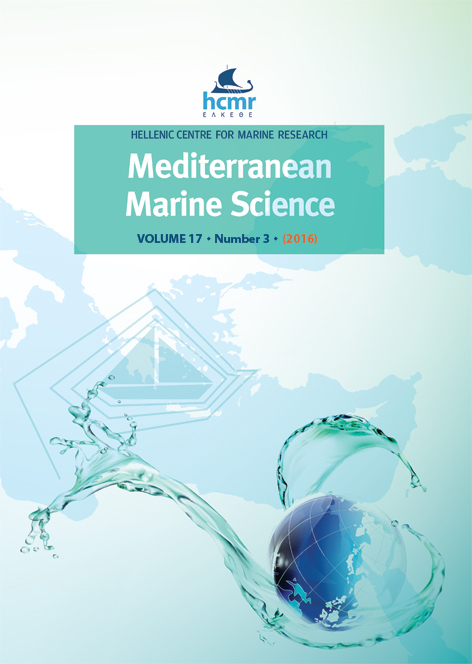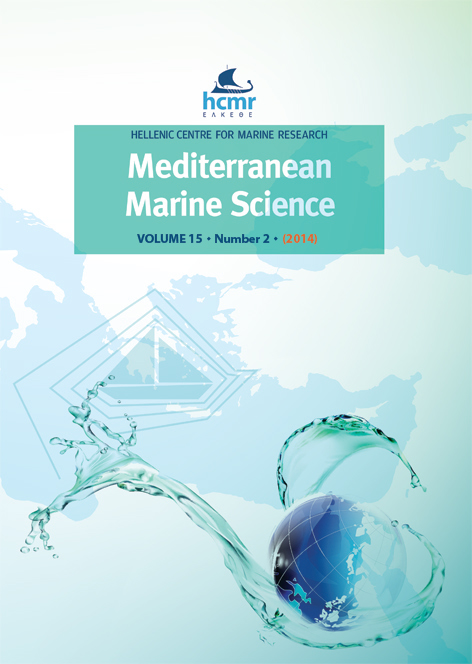Dinoflagellate cysts production in the north-western Adriatic Sea
Resumen
A sediment trap study was conducted in the Gulf of Venice, north-western Adriatic Sea, from April to December 2005 to assess relationships between planktonic dinoflagellates and cyst production. Every month, CTD profiles and discrete samplings for phytoplankton, nutrients and particulate matter were conducted. Cyst fluxes spanned from 90 to 127,600 cysts m-2 d-1 and major peaks were due to a small cyst attributed to cf. Biecheleria and to calcareous cysts of Scrippsiella trochoidea. A good correspondence between cyst fluxes in sediment traps and the presence of the corresponding vegetative cells in the water column was detected for Lingulodinium polyedrum, and species of the genera Spiniferites,Gonyaulax and Protoperidinium. A PCR method applied to surface sediment samples allowed the identification of a number of potentially harmful dinoflagellate cysts (Alexandrium minutum, A. tamutum, A. taylorii, Lingulodinium polyedrum and Protoceratium reticulatum).
Article Details
- Cómo citar
-
BASTIANINI, M., TOTTI, C., PENNA, A., LAZZARI, A. D., & MONTRESOR, M. (2016). Dinoflagellate cysts production in the north-western Adriatic Sea. Mediterranean Marine Science, 17(3), 751–765. https://doi.org/10.12681/mms.1770
- Número
- Vol. 17 Núm. 3 (2016)
- Sección
- Research Article
Authors who publish with this journal agree to the following terms:
- Authors retain copyright and grant the journal right of first publication with the work simultaneously licensed under a Creative Commons Attribution Non-Commercial License that allows others to share the work with an acknowledgement of the work's authorship and initial publication in this journal.
- Authors are able to enter into separate, additional contractual arrangements for the non-exclusive distribution of the journal's published version of the work (e.g. post it to an institutional repository or publish it in a book), with an acknowledgement of its initial publication in this journal.
- Authors are permitted and encouraged to post their work online (preferably in institutional repositories or on their website) prior to and during the submission process, as it can lead to productive exchanges, as well as earlier and greater citation of published work (See The Effect of Open Access).






